New Broadcast Deal Trickle-Down Effects
The English Premier League (EPL) has long been known for its staggering financial muscle, driven largely by lucrative broadcasting deals. In recent years, a new broadcast contract, which significantly increased revenue distribution across the league, has dramatically altered spending patterns. This influx of funds has had a pronounced trickle-down effect, empowering midtable teams with unprecedented financial firepower.
Unlike previous cycles where the lion’s share of broadcast revenue favored top-tier clubs, recent deals have redistributed wealth more equitably among all 20 EPL teams. This redistribution means midtable clubs, traditionally reliant on smaller commercial deals and matchday income, now command resources that rival or surpass some Champions League regulars outside the EPL. The result is an intensifying arms race in squad investment, where midtable clubs are aggressively bolstering their rosters in hopes of climbing the table or securing European qualification themselves.
This windfall has encouraged ambitious midtable sides to target a mix of established players and high-potential young talent, often outbidding Champions League participants from other leagues constrained by less lucrative TV contracts. The financial landscape is reshaping the competitive balance within Europe, as midtable EPL teams become increasingly aggressive in the transfer market, leveraging their broadcast-driven wealth to disrupt the traditional hierarchy.
Squad Depth vs. Star Power Strategies
A critical dimension in the spending surge of midtable EPL teams is the strategic prioritization of squad depth over marquee star power. While Champions League regulars often focus their resources on securing or retaining world-class stars to fuel deep continental runs, midtable EPL clubs are investing heavily in building robust, versatile squads designed to endure the grueling EPL season and domestic cups.
This emphasis on depth recognizes the physical demands of England’s packed fixture list and the growing importance of rotation to maintain performance levels and reduce injury risks. Midtable clubs tend to allocate resources across multiple positions, acquiring reliable and tactically flexible players rather than concentrating spending on a few high-profile individuals.
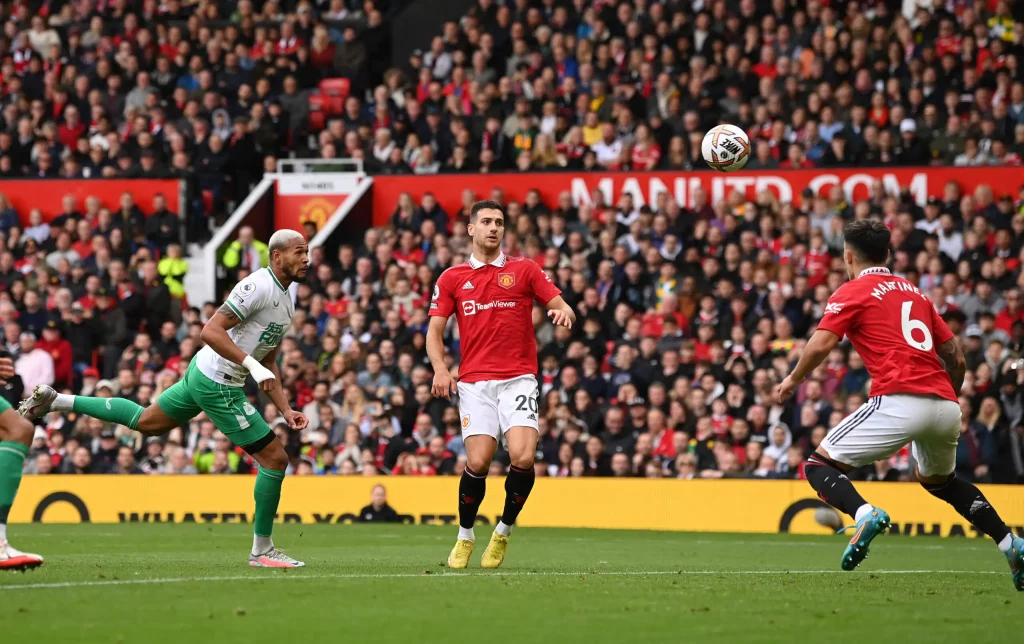
The benefits of this strategy are twofold: it enhances tactical adaptability, allowing managers to adjust formations and styles game-to-game, and it mitigates performance dips caused by injuries or suspensions. In contrast, Champions League regulars, often juggling multiple competitions, may lean heavily on star players but risk squad fatigue and over-reliance on a limited core. Thus, the spending patterns reflect differing priorities—midtable clubs prioritize resilience and balance, while top clubs focus on elite talent acquisition.
January Window Preview
Looking ahead to the January transfer window, the spending dynamics between midtable EPL clubs and Champions League regulars are expected to intensify. Midtable teams, buoyed by healthy finances and a desire to push for European spots or avoid relegation, will likely pursue shrewd signings that enhance squad depth and address key weaknesses exposed in the first half of the season.
This window offers a strategic opportunity for midtable teams to capitalize on market inefficiencies, targeting players displaced from other clubs or those seeking game time to boost value ahead of summer moves. Conversely, Champions League regulars might be more conservative, focusing on tactical reinforcements or injury cover, given the need to maintain squad harmony and manage financial fair play considerations.
Additionally, the January period will see increased competition for emerging talents and loan deals, as midtable clubs leverage their financial strength to outmaneuver continental rivals. Clubs with astute recruitment strategies could significantly shift league dynamics in the second half of the season, underscoring the evolving influence of broadcast revenue and strategic spending.
In conclusion, the newfound financial empowerment of midtable EPL teams, driven by equitable broadcast deals, has spurred a spending surge that challenges the dominance of Champions League regulars. These clubs emphasize squad depth over star power, preparing for the EPL’s demanding schedule with balanced rosters designed for sustained performance. The upcoming January window promises to amplify these trends, as midtable teams aggressively maneuver to reshape competitive hierarchies domestically and beyond. This evolving landscape signals a more unpredictable and financially dynamic EPL, where broadcast revenue redistribution is a key catalyst.

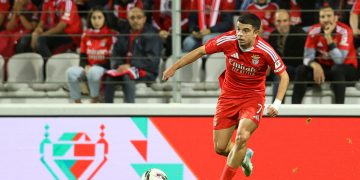
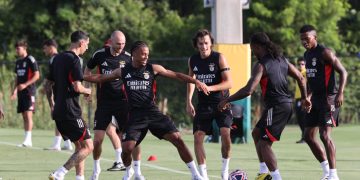













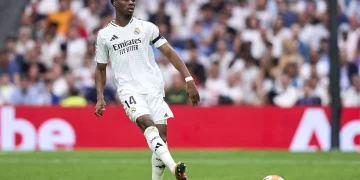




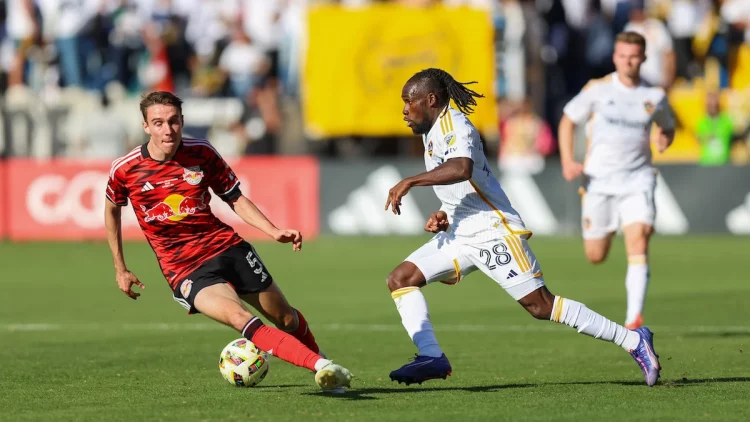












Discussion about this post